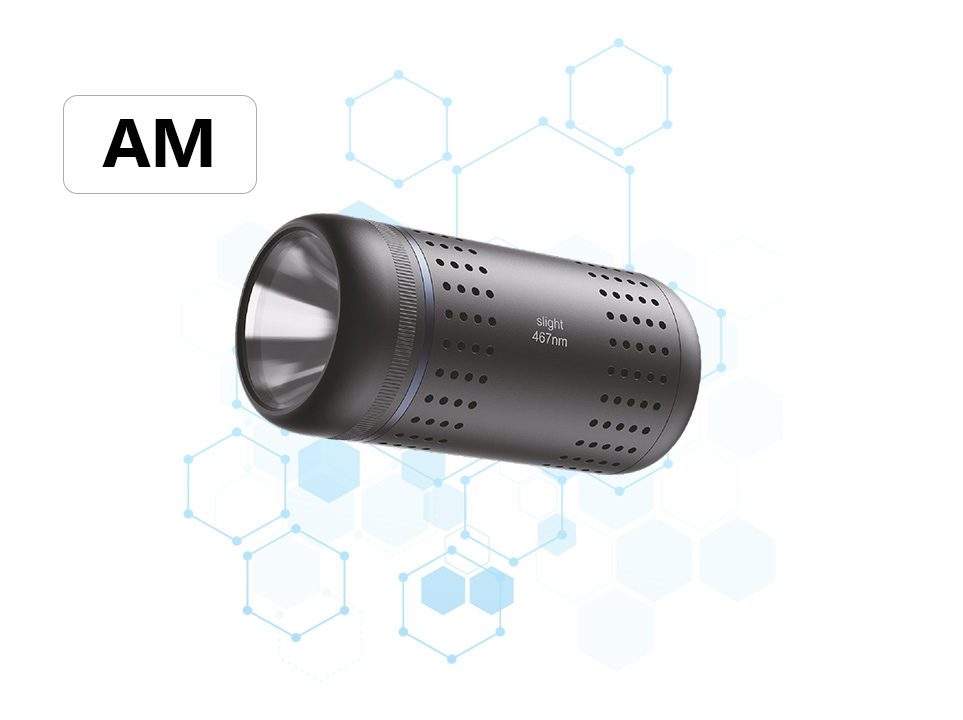Application of photoreactors in the process of photocatalytic preparation of γ - lactam
Photoreactors, or photochemical reactors, play a crucial role in the photocatalytic preparation of γ-lactam. The application of photoreactors in this process leverages the power of light to catalyze chemical reactions, leading to the efficient and sustainable production of γ-lactam.
Role of Photoreactors
Photoreactors provide a controlled environment where photocatalytic reactions can take place. They are designed to maximize the interaction between light and the photocatalyst, thereby enhancing the reaction rate and yield. The key features of photoreactors that make them suitable for photocatalytic processes include:
Light Source and Distribution: Photoreactors are equipped with appropriate light sources, such as UV lamps or LED arrays, that emit light at wavelengths suitable for exciting the photocatalyst. The light distribution within the reactor is optimized to ensure uniform illumination of the reaction mixture.
Photocatalyst Support: The photocatalyst, often in the form of a semiconductor material, is supported within the photoreactor. This support structure ensures maximum exposure of the photocatalyst to light and facilitates effective mass transfer of reactants and products.
Reactor Design: The design of photoreactors varies depending on the specific process requirements. They can range from simple batch reactors to more complex continuous-flow systems. The reactor design is optimized to provide efficient mixing, heat transfer, and light utilization.
Photocatalytic Preparation of γ-Lactam
The photocatalytic preparation of γ-lactam typically involves the use of a suitable photocatalyst and a precursor molecule that undergoes transformation under photocatalytic conditions. The process may involve several steps, including:
Precursor Selection: The choice of precursor is critical and depends on the specific photocatalyst and reaction conditions. Suitable precursors are selected based on their reactivity and the desired product properties.
Photocatalyst Activation: Under illumination, the photocatalyst absorbs light energy and becomes excited. This excited state promotes the transfer of electrons and holes, which initiates the photocatalytic reaction.
Reaction Mechanism: The photocatalyzed reaction proceeds through a series of steps involving the formation of intermediates and the eventual conversion of the precursor into γ-lactam. The exact mechanism may vary depending on the specific photocatalyst and reaction conditions.
Product Isolation and Purification: After the reaction is complete, the γ-lactam product is isolated and purified using appropriate techniques such as distillation, crystallization, or chromatography.
Advantages of Photocatalytic Process
The use of photoreactors in the photocatalytic preparation of γ-lactam offers several advantages:
Efficiency: Photocatalytic processes are highly efficient and can achieve high conversion rates with minimal waste generation.
Sustainability: The use of light as a renewable energy source makes the process more environmentally friendly and sustainable.
Selectivity: Photocatalytic reactions can be highly selective, leading to the production of pure γ-lactam with minimal side products.
Scalability: Photoreactors can be scaled up to meet industrial production demands, making the process suitable for commercial applications.
Challenges and Future Directions
Despite the advantages, the application of photoreactors in the photocatalytic preparation of γ-lactam faces some challenges:
Reactor Design: Optimizing the reactor design for efficient light utilization and mass transfer remains a critical challenge.
Photocatalyst Stability: The stability and reuse of the photocatalyst are essential for the economic viability of the process.
Process Control: Effective process control and monitoring are required to ensure consistent product quality and reaction efficiency.
In conclusion, photoreactors play a pivotal role in the photocatalytic preparation of γ-lactam. By providing a controlled environment for photocatalytic reactions, they enable the efficient and sustainable production of this important chemical intermediate.





